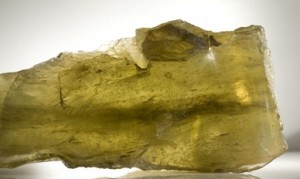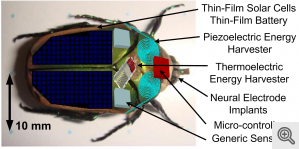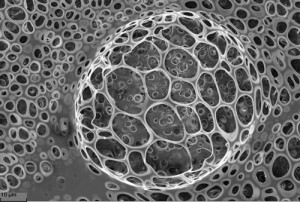The SiO2: The Science of Glass traveling exhibit from the Montreal Science Centre opened at the Canada Science and Technology Museum on Nov. 5, 2011 and can be seen until April 9, 2012.
I wonder if there’s any chance the exhibit will travel to the West Coast? I have a longstanding interest in glass and notice the images from the Montreal Science Centre website look quite interesting. Here’s a sample,
Here’s a synopsis of the show from the Montreal Science Centre website,
Discover the origins and surprising physical and chemical properties of glass. SiO2: The Science of Glass tells us about the various types of glass, their properties, and about the many methods used in producing glass on an industrial scale. It also explains the role glass has played in the history of civilisation and reminds us of its daily uses. From its production at an industrial scale to its leading-edge innovations, glass will shine through its ubiquitous brilliance and contrasts.
In a Nov. 1, 2010 posting I featured an essay about glass (Heavenly illumination: The science and magic of stained glass [link to original essay on Guardian science blog]) by Andy Connelly, here’s an excerpt about the science of glass from my posting which includes a comment from me,
So what is a glass? Why can we see through it when other materials are opaque? Glasses exist in a poorly understood state somewhere between solids and liquids. [If I ever knew that interesting fact, I’ve long since forgotten it.] In general, when a liquid is cooled there is a temperature at which it will “freeze”, becoming a crystalline solid (eg. water into ice at 0C). Most solid inorganic materials are crystalline and are made up of many millions of crystals, each having an atomic structure which is highly ordered, with atomic units tessellating throughout. The shape of these units can be observed in the shape of single crystals (eg. hexagonal quartz crystals).
Glass is different: it is not crystalline but made up of a continuous network of atoms that are not ordered but irregular and liquid-like. This difference in atomic structure occurs because the liquid glass is cooled so quickly that the atoms do not have time to arrange themselves into regular, crystal-like patterns.
If cooled fast enough almost any liquid can form glass, even water. However, the rate of cooling must be very fast. Fortunately for us, liquids composed primarily of silicon oxide [SiO2] can be cooled slowly and still form a glass.
A few months later I found a brief bit accompanied by a video about glass on the Guardian science blogs, this time about scientific and art glass blowing, from the news bit by Alex Rappaport and Kiva Ford highlighting Ford’s video of his work,
Aside from Mr Ford’s pastime of creating miniature distillation vessels and delicately curlicued glass jewelry, his day job is as a scientific glassblower, creating extractors, reactors, condensers, and a variety of custom flasks. The vessels used in chemical research cannot be mass produced; each piece has been meticulously handcrafted for thousands of years.
Here’s the video,
I found the information about the decline of science glass blowing a little saddening although Ford seems to feel that there’ll always be a demand for custom work. Amazingly, he works during the day as a scientific glass blower and then goes home to create art glass. I loved his animal series (the detail is amazing).
Years ago, I came across a new media piece about glass and the glory hole. I gather it’s a furnace where you finish your glass. The term exerts a fascination for me and I found this video about glass and glory holes (there is a commercial at the beginning but if you persist I think you’ll find the video amusing),
Happy Weekend!


